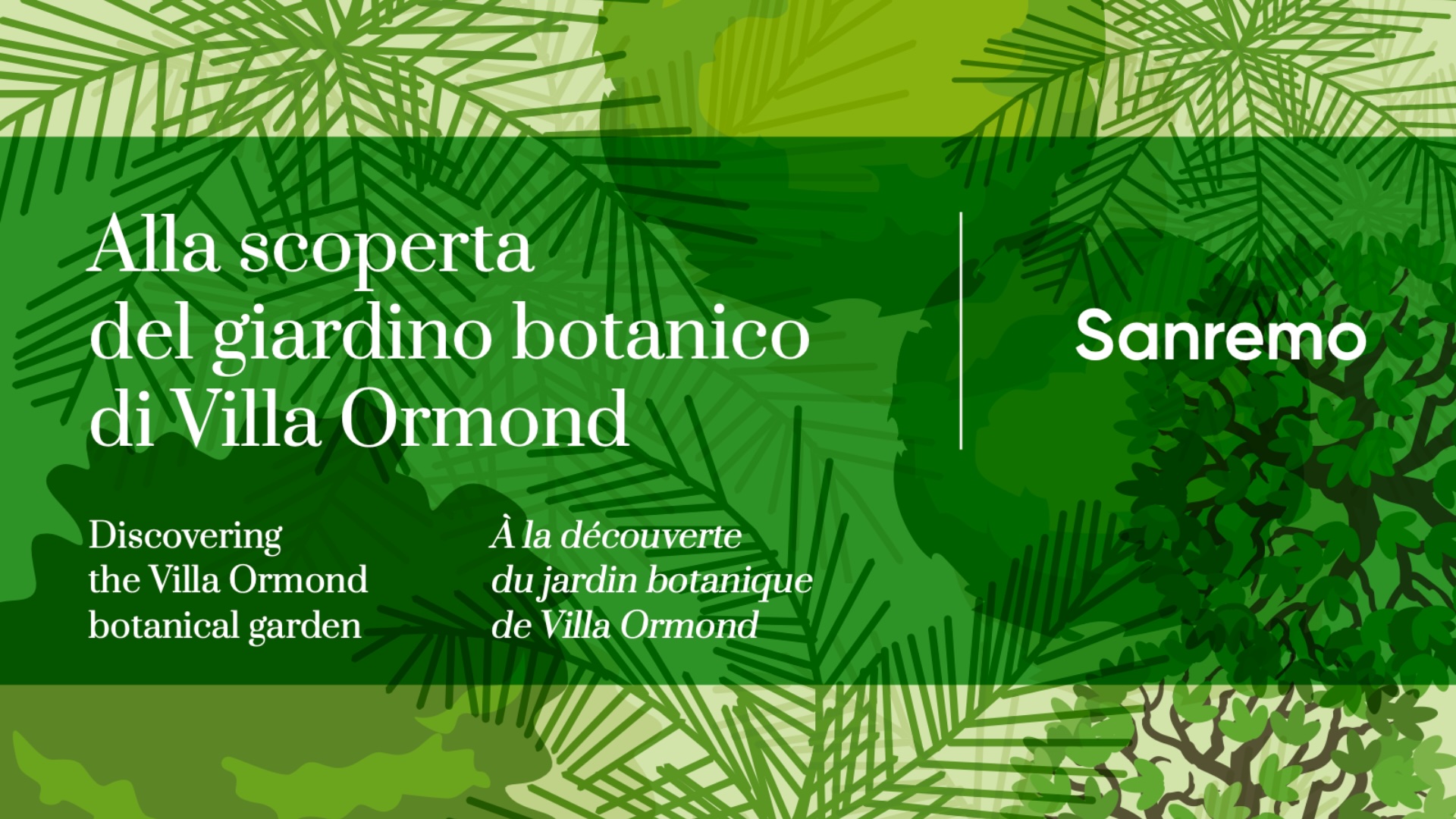The scientific name of the genus comes from the Greek word drakaina = dragon, due to the red colour of the resin produced by these plants. It is an astringent and tonic extract which, when dried, leaves dark red scales, called ‘dragon’s blood’. For the Guanches, the indigenous people of the Canary Islands, this tree possessed magical properties.
| Common name | Dragon Tree |
| Origin | Canary Islands, Azores Islands, Cape Verde, Madeira Island. |
|
Description |
An ornamental and long-lived tree species, capable of assuming gigantic dimensions over the centuries. The trunk is squat, with numerous swellings, greyish, lignified and marked by the scars left by old fallen leaves, crowned by long dichotomous branches emerging after individual apical blooms. The leaves are sessile and arcuate, linear, entire, glaucous green, clustered in rosettes at the top of the branches. The inflorescences emerge from the apex as branched panicles with numerous bell-shaped, whitish-green hermaphrodite flowers. The fruits are peanut-sized berries, orange when ripe and contain a round, shiny, black seed. The dragon tree has always animated man’s imagination. This is also what happened to the young Alexander von Humboldt, when, as a young man, he was fascinated by the sight of a colossal ‘dragon tree’ during a visit to the Berlin Botanical Garden, and the emotion the young man felt at the sight of them aroused in him an irresistible desire to explore the ‘faraway lands’, as he later recounted in Cosmos. In the gardens of San Remo, the Dracaena draco planted in the past were killed off by the cold winters of 1928 – 1953 and 1985. In 1882, Baron Hüttner cultivated a specimen that was already 30 years old in his garden at Villa Parva in San Remo. |

